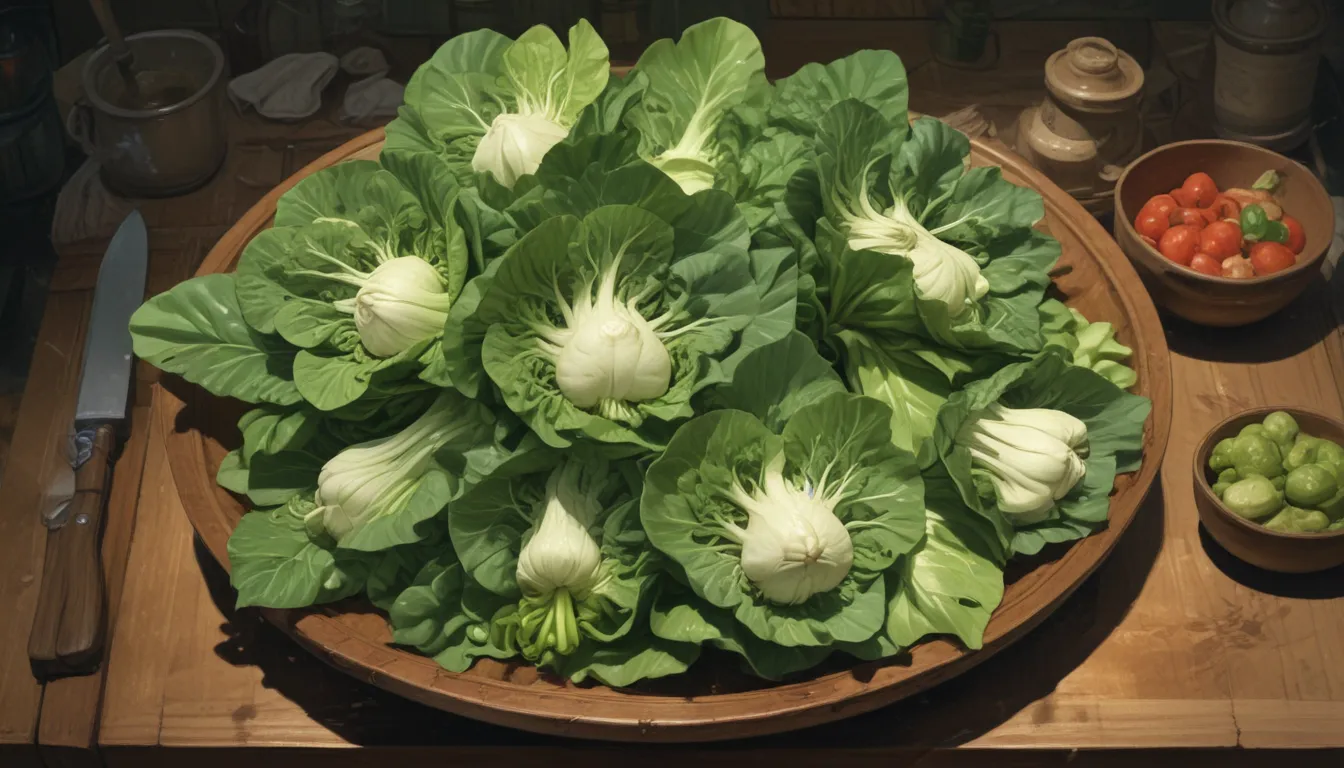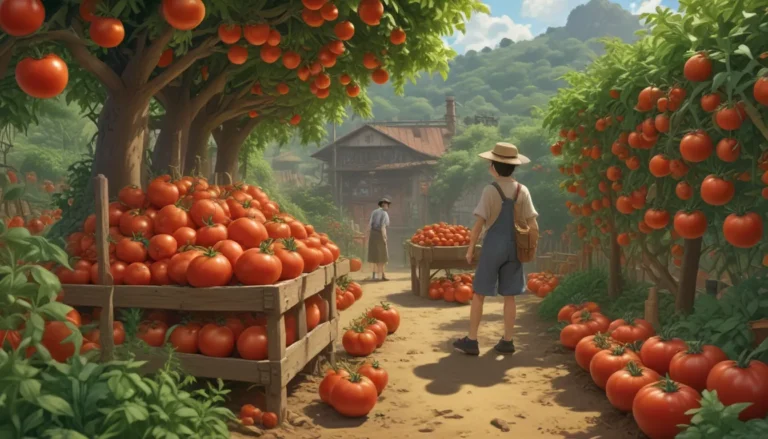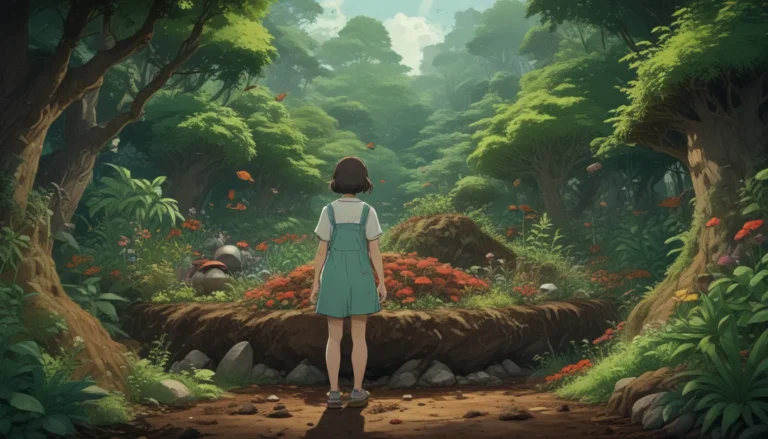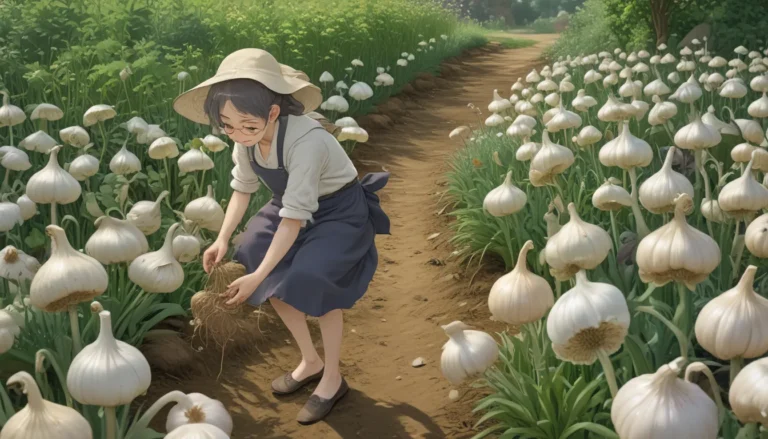How to Prevent Bok Choy from Bolting: A Comprehensive Guide

Are you a fan of growing bok choy in your garden? While dealing with pests and diseases can be a challenge, one of the biggest concerns for bok choy growers is preventing their crop from bolting.
When bok choy bolts, the leaves and stems can become tough and woody, resulting in a less-than-ideal harvest. The plants shift their focus from growing juicy, crunchy stems to setting seeds, ultimately leading to a premature end for your bok choy.
In this article, we’ll explore the ins and outs of preventing bok choy from bolting, from understanding the process to implementing practical tips in your garden. Let’s dive in and learn how to keep your bok choy happy and thriving.
Understanding Bolting: Why It Happens
“Bolting” is a common term in gardening that describes the process when a plant sends up a flower stalk, signaling the end of its growth phase. In the case of bok choy, bolting results in tough and woody leaves and stems, diverting the plant’s energy towards reproduction.
The ideal temperature range for bok choy falls between 60 and 68°F, making it susceptible to bolting if conditions deviate significantly from this range. Factors such as temperature, day length, and stressors can all influence the bolting process in plants.
As a member of the brassica family, bok choy shares the tendency to bolt with other cool-weather crops like turnips. Understanding the triggers for bolting is the first step in preventing this undesirable outcome in your bok choy crop.
How to Keep Your Bok Choy Happy
Preventing bok choy from bolting requires a holistic approach to ensure your plants stay healthy and happy throughout their growth cycle. Here are our top tips for cultivating flourishing bok choy plants:
Plant at the Appropriate Time
Selecting the right time of year to plant your bok choy is crucial for its growth and development. Most varieties mature within 50 to 70 days after germination, requiring cool daytime temperatures and adequate sunlight.
Nighttime temperatures should remain above 50°F to prevent young plants from bolting prematurely. Depending on your geographic zone, you can start seeds indoors or direct-sow them to align with the ideal planting window.
Provide an Ideal Planting Location
Choosing the right planting location for your bok choy involves striking a balance between sunlight exposure and temperature regulation. While bok choy can tolerate partial shade, excessive heat can induce stress and trigger the bolting process.
Monitoring weather conditions and providing adequate shade and water can help your plants thrive in their environment. Using shade cloths and plant protectors can shield your bok choy from extreme temperatures and ensure optimal growth.
Test Your Soil
Ensuring your soil is nutrient-rich and well-draining is essential for preventing stress-induced bolting in bok choy. Conducting a soil test to assess nutrient levels and pH balance can guide you in amending the soil to meet your plants’ needs.
Nitrogen, potassium, and phosphorus are crucial nutrients for healthy bok choy growth. Adding organic amendments like blood meal, bone meal, and seaweed powder can replenish essential nutrients and promote robust plant development.
Harden Plants Off
Hardening off young plants before transplanting them outdoors can minimize transplant shock and reduce the risk of bolting. Gradually acclimating your plants to outdoor conditions over a period of time prepares them for the transition and encourages healthy growth.
Water and Mulch Appropriately
Maintaining adequate soil moisture is vital to prevent stress and bolting in bok choy plants. Consistent watering, avoiding waterlogged soil, and adding organic mulch can help retain moisture and create optimal growing conditions for your crop.
What to Do When Your Plants Go to Seed
If your bok choy plants bolt and produce flower stalks, there are still ways to salvage the situation. Harvesting the flower stalks and young leaves for consumption can offer a unique culinary experience, as the flowers have a peppery flavor that complements various dishes.
Alternatively, allowing the plant to mature and produce seeds can provide future harvest opportunities. Regular watering and fertilization can support seed pod development, enabling you to collect and store seeds for future planting seasons.
Conclusion: A Happy Ending for Your Bok Choy
By implementing these preventive measures and understanding the factors that contribute to bolting, you can cultivate healthy, thriving bok choy plants in your garden. From planting at the right time to providing optimal growing conditions, each step plays a vital role in ensuring your bok choy stays happy and free from bolting.
Have you experienced bolting in your bok choy crop? Share your stories and questions in the comments below – we’d love to hear from you! For more insights on growing bok choy and maximizing your harvest, explore our additional resources on spacing, harvesting, and regrowing bok choy.
With comprehensive guidance on preventing bok choy from bolting and practical tips for cultivating healthy plants, this article equips readers with valuable insights for successful bok choy cultivation. By incorporating new sections, examples, and actionable advice, the rewritten article expands on the original content to provide a comprehensive resource for bok choy growers.





